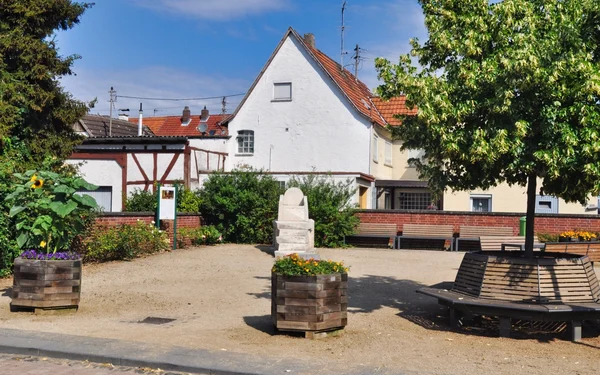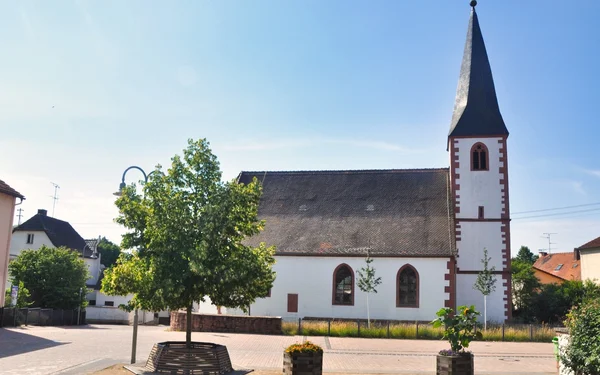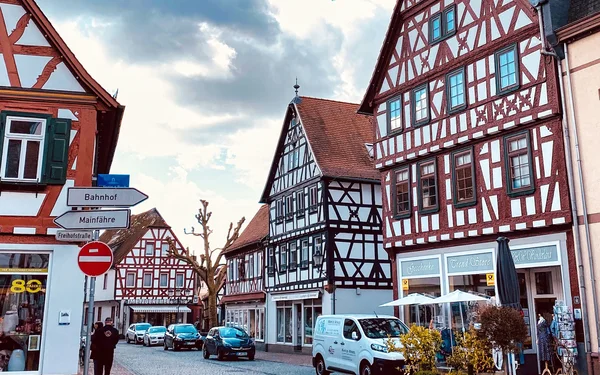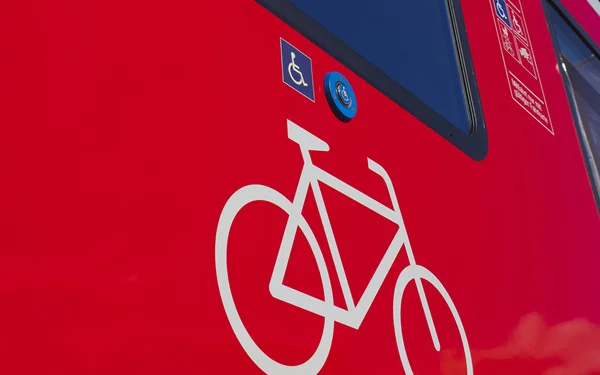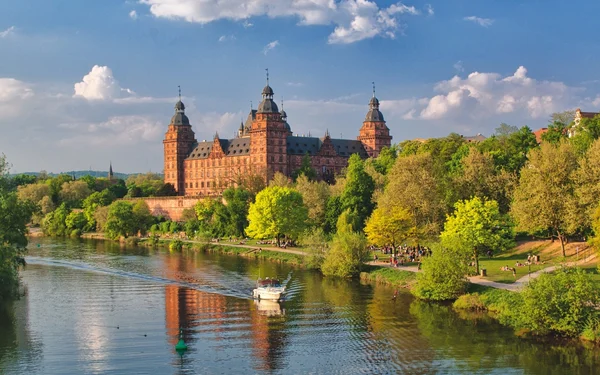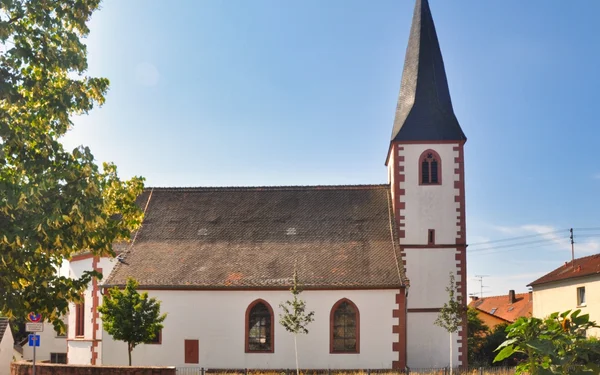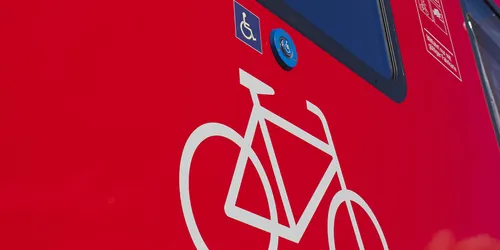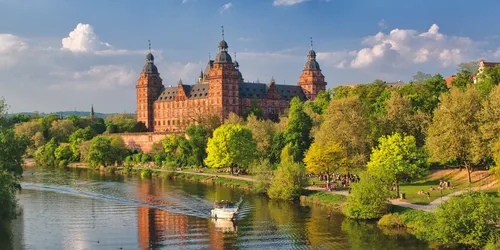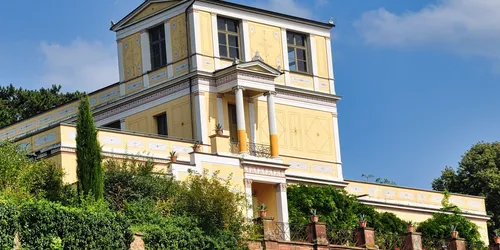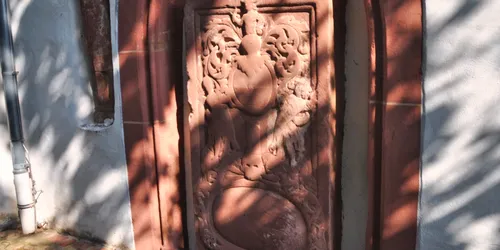From Aschaffenburg to Dettingen always along the Main
Experience culture and nature around the Spessart metropolis! This tour takes you along the Franconian lifeline through riverside landscapes where culture and nature form a delightful liaison.
Aschaffenburg
4 h
25 km
This tour leads from Aschaffenburg main station along the Franconian lifeline, through riverside landscapes where culture and nature have entered into a liaison worth seeing. The route offers so many highlights that it could easily be declared a 5-star tour. In the Spessart metropolis of Aschaffenburg, you start with two highlights: the impressive Johannisburg Castle and the Pompejanum.
The route continues through Mainaschaff, past the Mainparksee lake, which invites you to take a break for a swim. In Karlstein am Main, you should take a look at the late Gothic St Hippolyt Church. You can also marvel at expressionist monumental paintings in the nearby Church of St Peter and St Paul.
The Main ferry entices you to take a detour to the Einhard town of Seligenstadt opposite before reaching the next high point, which is also a low point: the lowest point in Bavaria. The final spurt leads along the Kahl river to the railway station there.
There are numerous opportunities to stop for refreshments along the way.
A cycle tour for families, nature lovers, culture vultures and explorers
Arrive relaxed and hire bikes from local hire companies. The capacity for taking bikes on the trains is limited and it is not possible to guarantee that you will be able to take your own bike with you, depending on capacity utilisation.
Start and end station
Start station
Hbf Aschaffenburg
4 tour steps
25 km / 4 Stunden
End station
Bahnhof Kahl (Main)
Our tip: Please make sure to check your train connection and the expected capacity before you start your journey.
Schedule
Tour starts on Hbf Aschaffenburg
Direction
Ludwigstr. 2-4
63739
Aschaffenburg
Direction
Direction
Pompejanumstraße
63739
Aschaffenburg
Direction
St. Hippolyt Karlsplatz
63791
Karlstein am Main


